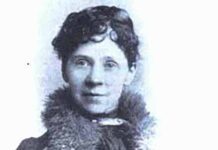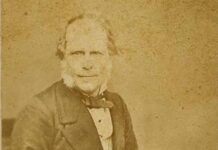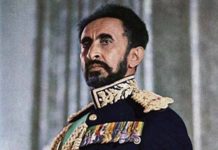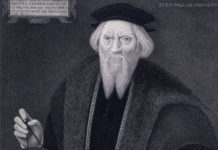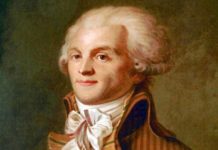Imagine a man gripped in the jaws of a vicious alligator, staring death in the eye, yet lives to not just tell about it but become a renowned philosopher and theologian (“Shankara”). If you are able to imagine such a man you have visualized Sankara, the famous Sannaysin and expounder of the school of Advaita Vedanta (“The Advaita Vedânta”).
Sankara was, “the foremost among the master-minds and the giant souls which Mother India has produced…the expounder of Advaita philosophy…a giant metaphysician, a practical philosopher, and infallible logician, a dynamic personality, and a stupendous moral and spiritual force” (“The Advaita Vedânta”)
Sankara’s Early Life
He was born around 788 A.D. in the small Indian village of Kaladi (“The Advaita Vedânta”). His father and mother married and desperately tried to have a son but to no avail. Finally his parents prayed to the god Siva to give them a son and soon afterward his mother became pregnant with him. Some scholars believe this is why Sankara appeared to have an affinity for Siva throughout his life (“The Advaita Vedânta”). When Sankara was only seven years old his father passed away, leaving his mother to raise him and see to his education. Even as an adolescent Sankara displayed amazing knowledge and aptitude for philosophy and religious studies (“The Advaita Vedânta”).
As Sankara became a young man he expressed to his mother his desire to forsake his belongings and become an ascetic or Sannaysin (“Sankara”). His mother was very much opposed to this as she wanted him to get married and raise a family. One day while he was in the river with his mother and alligator swam up and bit onto him firmly.
He believed he was going to die and in his icy terror of approaching death he declared his life to Sannaysinism. Upon that declaration the alligator released him and he was spared a gruesome fate (“The Advaita Vedânta”). Having been given a second chance at life he followed through with his vow of asceticism. He left his mother with relatives, promising to return to administer her funeral rites (“Shankara”).With that he set off in search of a guru to teach him (“The Advaita Vedânta”).
He eventually encountered the guru Govinda who gladly took him under his tutelage. Govinda taught him the ways of Advaita and Sankara absorbed the teachings eagerly and rapidly (“The Advaita Vedânta”). It was not long before Sankara had mastered it and began to write his commentaries on many famous works such as the Brahma Sutras, the Upanishads, and the Gita (“The Advaita Vedânta”). These commentaries are considered masterful and ingenious, ensuring that his name and the Advaita tradition have lasted through the ages. Sankara also began to travel across India to spread his teachings and debate teachers of other traditions (“The Advaita Vedânta”).
Spreading his Teachings
In his travels he debated many leaders of other traditions and defeated them in discourse. Among the famous men he defeated were Harsha (author of Khandana Khanda Kadya), Abhinavagupta, Udayanacharya, Dharmagupta, Kumarila, and Prabhakara (“The Advaita Vedânta”). He also defeated Mandana Misra in his most famous and triumphant debate. Mandana was of the Karma Mimamsa tradition and did not hold any favor for Sannyasins (“The Advaita Vedânta”).
Sankara challenged his to the debate and Mandana’s wife, Bharati served as the referee. The debate was legendary, heated, and exquisite, lasting weeks. Finally Mandana conceded and Bharati declared Sankara the winner. As a condition of the debate the loser would follow the winner’s tradition, so Mandana gave up his property and money and joined Sankara, becoming a prominent follower of his (Sankara’s Life). With that glorious victory Sankara went on to conquer any other master of competing traditions and thus his tradition gained “unquestioned supremacy” (“The Advaita Vedânta”).
An Honorable Man, a Legend, a Son
As Sankara continued to spread his teachings he received word that his mother’s health was failing (“The Advaita Vedânta”). Remembering his promise to her he returned to Kaladi to see her and perform her funeral rites. However when his mother passed away he found that the Brahmins of the village were strongly opposed to him, as an ascetic, performing the rites. His relatives and other members all refused to help him with it.
He was, in the end, forced to chop his mother’s body into pieces to be able to carry it into the back yard. There he gathered up sticks and stems for the pyre. Because no one would help him start a fire he used his “Yogic power” to start one (“The Advaita Vedânta”). After fulfilling his mother’s final wish he continued with is travels.
Throughout his journey through India he erected temples and left followers in his wake. One of his more famous temples was is at Sringeri. He had many, many followers but the most prominent were Sureswara, Padmapada, Hastamalaka, and Trotakacharya. Sankara also organized ten different orders of Sannyasins (“The Advaita Vedânta”). His legacy is one that rocked the religious and philosophical traditions of India in his time all the way to the 21st century. He truly was an unforgettable man.



